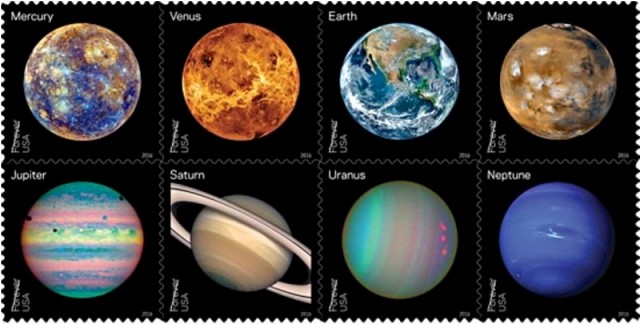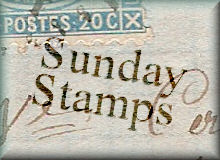I was actually surprised to realize how much material I have for today's post, but my decision fell on this FDC eventually, simply cos I realized I have never posted anything Sri Lankan before, so now it was a good opportunity :)
these four commemorative stamps were issued on October 28, 2011, showing Vintage and Classic Motor Cars, with the face value of 5.00 Rs each.
A leaflet with the stamps' information came inside the FDC, so I'll use that as my source today.
And the stamps go as follows:
- top left stamp shows an Austin 12 from 1928, which was Sir Herbert Austin's second model after WWI. It had a 1861 cc four cylinder engine with four-speed manual transmission. It remained in production until 1939, enjoying success throughout and recording peak annual sales in 1927.
- the top right stamp shows a Rolls Royce 20/25 from 1934 - One of the last two designs by the celebrated engineer Sir Henry Royce, before he passed away in 1933, the Rolls Royce 20/25 as introduced in 1929. It had a 3699 cc straight-6 cylinder and four-speed transmission with synchromesh on top two gears. Its gearbox came in one unit together with the engine. It could achieve 120km/h. Production ended in 1936 with 3,827 units made.
- the bottom left stamp shows a Jaguar ss 100 from 1937 - One of the most aesthetically appealing Jaguar cars, the ss100 was introduced in 1936. It was designed by Sir William Lyons. It was a two-seater sports car with a 2663 cc straight-6 engine. Its four speed gearbox had synchromesh on top three gears. The ss100 was capable of 153km/h. A rare car with only 314 units ever built, including the 3485 cc version introduced in 1938. Production ended in 1940.
the last stamp, the bottom right one, shows a Morris Minor from 1949 - Sir Alec Issigonis' revolutionary creation, Morris Minor, was introduced in 1948. Compared to other cars of its time, the Morris Minor excelled as a roomy car with superior handling. In 1961 the Morris Minor became the first British car to sell over one million units. It had a 918 cc four-cylinder side-valve engine. It had four-speed manual transmission with synchromesh on top three gears. It could reach approximately 100km/h
well, I hope you are more familiar with cars and stuff, cos honestly, all that cylinder/synchromesh/cc kind of stuff is sc-fi for me :)
For more drives around the planet, click on the link below...and enjoy your Sunday :)



